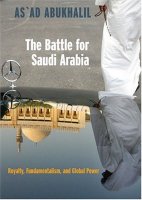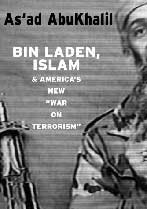1) I often wondered why Samir Khalaf has such broken and heavily accented Arabic when he lived all his life in Lebanon.
2) There is nothing unique about Ras Beirut as a place where different sects coexisted. That was Jerusalem before the advent of Zionism, and many Syrian and Palestinian and Lebanese towns were like this. I offer the model of Tyre as one which is far superior to Ras Beirut. All sects have coexisted in Tyre, and even during the war years and without self-praise like in the babblers about Ras Beirut. I also grew up in Mazra`ah quarter in Beirut and we also had several sects, and we lived (to my great misfortune) near a mosque and a church. I hated that location and wished those houses of worship to go away from me.
3) Ras Beirut and its coexistence had nothing to do with AUB: the latter was founded as a hateful sectarian missionary school with utter disdain toward the natives.
4) In the film, Khalaf had a sociological theory about rise of the middle class: that houses in Ras Beirut sprouted because AUB gave professors tenure and they started to build homes. What about homes that sprouted in different parts of Beirut, including Bastah? Who gave those residents tenure?
5) Translations is lousy, including the word for Lighthouse.
6) Most glaring, the film ignores the most imprint role in the formation of Ras Beirut: since the days of Anton Sa`ahah, the secular ideology of Syrian Social National Party was the one which really inculcated the area with secular thought and created this secular atmosphere of coexistence. To its credit, and unlike Lebanese communists, SSNP really took its secularism very seriously.








